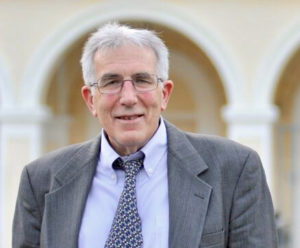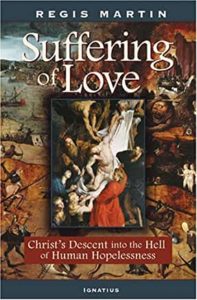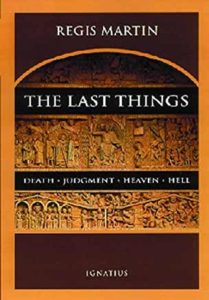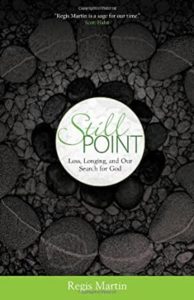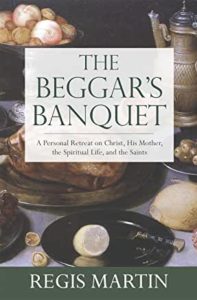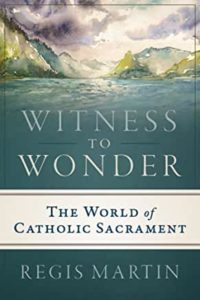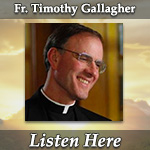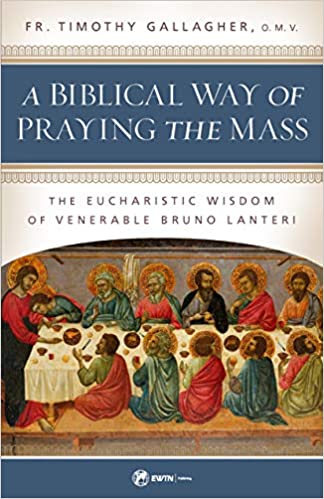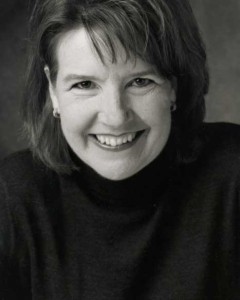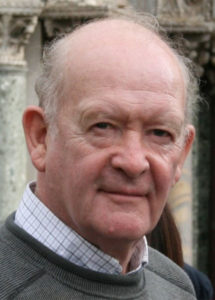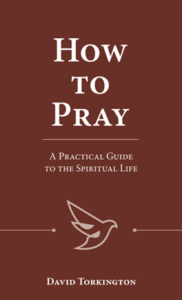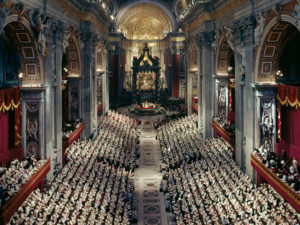Podcast: Play in new window | Download (Duration: 51:42 — 35.5MB) | Embed
Subscribe: Apple Podcasts | Spotify | Amazon Music | Android | Pandora | iHeartRadio | JioSaavn | Podchaser | Gaana | Podcast Index | Email | TuneIn | Deezer | Anghami | RSS | More
This is a special edition of the reflection offered by Fr. Timothy Gallagher on the “Contemplation to Attain the love of God” by St. Ignatius of Loyola as found in the “Spiritual Exercises.” What we original provided to you as two separate episodes, we now combine into a single extended episode without interruption. We hope this will enhance your experience of this Ignatian exercise.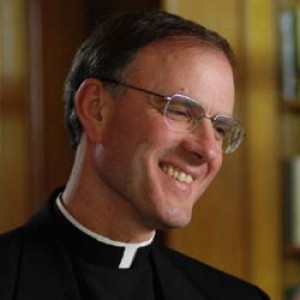
CONTEMPLATION TO ATTAIN THE LOVE OF GOD
The Spiritual Exercises of St. Ignatius of Loyola, [1914], at sacred-texts.com
Note. First, it is well to remark two things: the first is that love ought to be put more in deeds than in words.
The second, love consists in the interchange between the two parties; that is to say in the lover’s giving and communicating to the beloved what he has or out of what he has or can; and so contrary, the beloved to the lover. So that if the one has the knowledge, he gives to the one who has it not. The same of honors, of riches; and so the one to the other.
CONTEMPLATION TO GAIN LOVE
Prayer. The usual Prayer.
First Prelude. The first Prelude is a composition, which is here to see how I am standing before God our Lord, and of the Angels and of the Saints interceding for me.
Second Prelude. The second, to ask for what I want. It will be here to ask for interior knowledge of so great good received, in order that being entirely grateful, I may be able in all to love and serve His Divine Majesty.
First Point. The First Point is, to bring to memory the benefits received, of Creation, Redemption and particular gifts, pondering with much feeling how much God our Lord has done for me, and how much He has given me of what He has, and then the same Lord desires to give me Himself as much as He can, according to His Divine ordination.
And with this to reflect on myself, considering with much reason and justice, what I ought on my side to offer and give to His Divine Majesty, that is to say, everything that is mine, and myself with it, as one who makes an offering with much feeling:
Take, Lord, and receive all my liberty, my memory, my intellect, and all my will — all that I have and possess. Thou gavest it to me: to Thee, Lord, I return it! All is Thine, dispose of it according to all Thy will. Give me Thy love and grace, for this is enough for me.
Second Point. The second, to look how God dwells in creatures, in the elements, giving them being, in the plants vegetating, in the animals feeling in them, in men giving them to understand: and so in me, giving me being, animating me, giving me sensation and making me to understand; likewise making a temple of me, being created to the likeness and image of His Divine Majesty; reflecting as much on myself in the way which is said in the first Point, or in another which I feel to be better. In the same manner, will be done on each Point which follows.
Third Point. The third, to consider how God works and labors for me in all things created on the face of the earth — that is, behaves like one who labors — as in the heavens, elements, plants, fruits, cattle, etc., giving them being, preserving them, giving them vegetation and sensation, etc.
Then to reflect on me.
Fourth Point. The fourth, to look how all the good things and gifts descend from above, as my poor power from the supreme and infinite power from above; and so justice, goodness, pity, mercy, etc.; as from the sun descend the rays, from the fountain the waters, etc.
Then to finish reflecting on myself, as has been said.
I will end with a Colloquy and an OUR FATHER.
Be sure to check out Fr. Timothy Gallaghers latest book
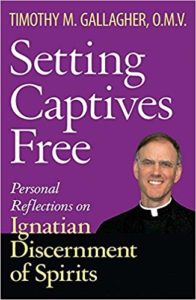
Father Timothy M. Gallagher, O.M.V., was ordained in 1979 as a member of the Oblates of the Virgin Mary, a religious community dedicated to retreats and spiritual formation according to the Spiritual Exercises of St. Ignatius. Fr. Gallagher is featured on the EWTN series “Living the Discerning Life: The Spiritual Teachings of St. Ignatius of Loyola”. For more information on how to obtain copies of Fr. Gallaghers’s various books and audio which are available for purchase, please visit his website: frtimothygallagher.org

